Designing tomorrow, one step ahead.
Fleetster: Tesla-inspired design for car management redefining
efficiency.
-
CompanyFleetster
-
Year2019
-
TypeApp iOS/Android
-
IndustryB2C Automotive
-
Company Website
-
Download Portfolio
One click, and my voice turns design into a story you’ll want to hear.
About theProject
Fleetster, a German-made software for Fleet Management, Car Sharing, and Rental Cloud, got a sleek UI/UX/IA redesign by me in 2019. Inspired by Tesla’s brand identity, I blended it with the original Fleetster system for a modern, user-friendly experience.
-
CompanyFleetster
-
Year2019
-
TypeApp iOS/Android
-
IndustryB2C Automotive
The Journey
One click, and my voice turns design into a story you’ll want to hear.
It’s 2019, and I’m standing at the edge of a design competition, an independent contender with a fire in my belly. The target? Fleetster, a German software powerhouse for fleet management, car sharing, and rental cloud solutions. The brief is open, the stakes are high, and I decide to swing big—crafting a demo that channels the sleek, futuristic vibe of Tesla’s brand identity. This isn’t just a redesign; it’s a statement.
As a service designer, I dive into the UI, UX, and information architecture, reimagining Fleetster’s mobile app from the ground up. My goal? Enhance the user experience, make it feel effortless yet cutting-edge. I build a Design System that’s sharp and cohesive, blending Tesla’s modern minimalism—think bold typography, clean lines, and that signature electric energy—with Fleetster’s original framework. The result is a seamless fusion: a sleek, user-friendly solution that feels both familiar and ahead of its time.
I turn to Figma, my weapon of choice, and let it bring the vision to life. Every screen is a balance of form and function—intuitive navigation for fleet managers, a polished flow for car-sharing users, and a rental interface that’s as smooth as a Tesla gliding down the road. This isn’t just about aesthetics; it’s innovative service design, built to solve real problems with style.
I bring everything I’ve got to the table—global experience from years in the field, plus the weight of awards like the 2010 Davey Awards. That’s the fuel behind this demo. It’s a love letter to automotive innovation, a nod to Tesla’s trailblazing spirit, and a testament to what Fleetster could be. Picture it: a driver opens the app, and it’s not just a tool—it’s an experience, a jolt of modernity in their hands.
This is the story of how I took on Fleetster as an independent competitor, armed with nothing but my skills and a bold idea. I didn’t just redesign an app—I reimagined what mobility could feel like, one tap at a time.

Fleetster’sDesign
Fleetster, a German-made software for Fleet Management, Car Sharing, and Rental Cloud, got a sleek UI/UX/IA redesign by me in 2019. Inspired by Tesla’s brand identity, I blended it with the original Fleetster system for a modern, user-friendly experience.
-
CompanyFleetster
-
Year2019
-
TypeApp iOS/Android
-
IndustryB2C Automotive
-
SoftwareAdobe XD/Figma


